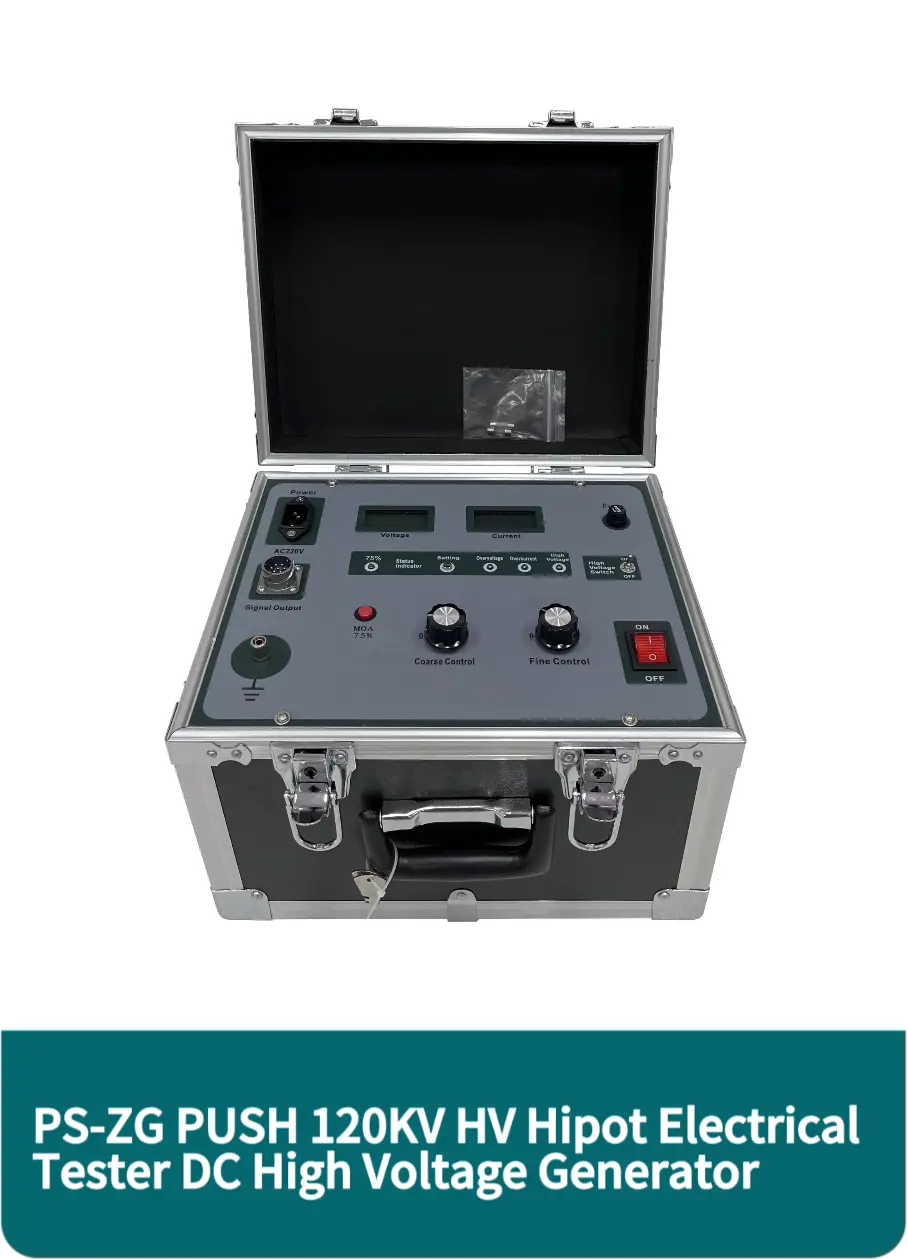TEL:
+86-0312-3189593
 English
English

Telephone:0312-3189593

Email:sales@oil-tester.com

-
 Afrikaans
Afrikaans -
 Albanian
Albanian -
 Amharic
Amharic -
 Arabic
Arabic -
 Armenian
Armenian -
 Azerbaijani
Azerbaijani -
 Basque
Basque -
 Belarusian
Belarusian -
 Bengali
Bengali -
 Bosnian
Bosnian -
 Bulgarian
Bulgarian -
 Catalan
Catalan -
 Cebuano
Cebuano -
 China
China -
 China (Taiwan)
China (Taiwan) -
 Corsican
Corsican -
 Croatian
Croatian -
 Czech
Czech -
 Danish
Danish -
 Dutch
Dutch -
 English
English -
 Esperanto
Esperanto -
 Estonian
Estonian -
 Finnish
Finnish -
 French
French -
 Frisian
Frisian -
 Galician
Galician -
 Georgian
Georgian -
 German
German -
 Greek
Greek -
 Gujarati
Gujarati -
 Haitian Creole
Haitian Creole -
 hausa
hausa -
 hawaiian
hawaiian -
 Hebrew
Hebrew -
 Hindi
Hindi -
 Miao
Miao -
 Hungarian
Hungarian -
 Icelandic
Icelandic -
 igbo
igbo -
 Indonesian
Indonesian -
 irish
irish -
 Italian
Italian -
 Japanese
Japanese -
 Javanese
Javanese -
 Kannada
Kannada -
 kazakh
kazakh -
 Khmer
Khmer -
 Rwandese
Rwandese -
 Korean
Korean -
 Kurdish
Kurdish -
 Kyrgyz
Kyrgyz -
 Lao
Lao -
 Latin
Latin -
 Latvian
Latvian -
 Lithuanian
Lithuanian -
 Luxembourgish
Luxembourgish -
 Macedonian
Macedonian -
 Malgashi
Malgashi -
 Malay
Malay -
 Malayalam
Malayalam -
 Maltese
Maltese -
 Maori
Maori -
 Marathi
Marathi -
 Mongolian
Mongolian -
 Myanmar
Myanmar -
 Nepali
Nepali -
 Norwegian
Norwegian -
 Norwegian
Norwegian -
 Occitan
Occitan -
 Pashto
Pashto -
 Persian
Persian -
 Polish
Polish -
 Portuguese
Portuguese -
 Punjabi
Punjabi -
 Romanian
Romanian -
 Russian
Russian -
 Samoan
Samoan -
 Scottish Gaelic
Scottish Gaelic -
 Serbian
Serbian -
 Sesotho
Sesotho -
 Shona
Shona -
 Sindhi
Sindhi -
 Sinhala
Sinhala -
 Slovak
Slovak -
 Slovenian
Slovenian -
 Somali
Somali -
 Spanish
Spanish -
 Sundanese
Sundanese -
 Swahili
Swahili -
 Swedish
Swedish -
 Tagalog
Tagalog -
 Tajik
Tajik -
 Tamil
Tamil -
 Tatar
Tatar -
 Telugu
Telugu -
 Thai
Thai -
 Turkish
Turkish -
 Turkmen
Turkmen -
 Ukrainian
Ukrainian -
 Urdu
Urdu -
 Uighur
Uighur -
 Uzbek
Uzbek -
 Vietnamese
Vietnamese -
 Welsh
Welsh -
 Bantu
Bantu -
 Yiddish
Yiddish -
 Yoruba
Yoruba -
 Zulu
Zulu
јан . 13, 2025 15:53
Back to list
atmospheric distillation unit
An atmospheric distillation unit, often considered the primary processing component in a refinery, operates as the industry's workhorse, transforming crude oil into marketable products. Leveraging its function requires a deep understanding of its mechanics, benefits, and challenges.
Authoritative Insights and Developments The advent of innovative technologies continues to refine atmospheric distillation efficiency. New advancements include heat integration strategies that reduce energy consumption and emission footprints, complying with international sustainability goals. Additionally, the integration of big data analytics offers predictive maintenance opportunities, extending operational lifespan and reliability, an industry-leading practice emphasized by authoritative refining publications. Trustworthy Partnerships and Collaborations Collaborations between reputable engineering firms and refineries ensure that atmospheric distillation units operate with the utmost efficiency and safety. Trustworthy partnerships furnish comprehensive training programs, equipping operators with cutting-edge skills and safety protocols essential in managing such complex installations. Furthermore, regular audits and assessments by independent bodies validate operational standards, reinforcing trust in the unit’s output and structural integrity. In conclusion, an atmospheric distillation unit is not just a staple in the refining sector; it is a symbol of industrial prowess, requiring a harmonious blend of expertise, authority, and trust. The transformative journey of crude oil into everyday essentials begins here, underscoring the critical role these units play in economic and ecological spheres. As the global energy landscape evolves, continuous investments in research, technology, and training will maintain the atmospheric distillation unit's pivotal position in sustainable energy production.


Authoritative Insights and Developments The advent of innovative technologies continues to refine atmospheric distillation efficiency. New advancements include heat integration strategies that reduce energy consumption and emission footprints, complying with international sustainability goals. Additionally, the integration of big data analytics offers predictive maintenance opportunities, extending operational lifespan and reliability, an industry-leading practice emphasized by authoritative refining publications. Trustworthy Partnerships and Collaborations Collaborations between reputable engineering firms and refineries ensure that atmospheric distillation units operate with the utmost efficiency and safety. Trustworthy partnerships furnish comprehensive training programs, equipping operators with cutting-edge skills and safety protocols essential in managing such complex installations. Furthermore, regular audits and assessments by independent bodies validate operational standards, reinforcing trust in the unit’s output and structural integrity. In conclusion, an atmospheric distillation unit is not just a staple in the refining sector; it is a symbol of industrial prowess, requiring a harmonious blend of expertise, authority, and trust. The transformative journey of crude oil into everyday essentials begins here, underscoring the critical role these units play in economic and ecological spheres. As the global energy landscape evolves, continuous investments in research, technology, and training will maintain the atmospheric distillation unit's pivotal position in sustainable energy production.
Previous:
Latest news
-
Exploring the Main Types of Industrial Endoscopes and Their Applications Across IndustriesNewsJul.04,2025
-
Testing Equipment Industry Sees Major Advancements in 2025: Smart & Precision Technologies Lead the WayNewsJun.06,2025
-
Applications of Direct Current Generators in Renewable Energy SystemsNewsJun.05,2025
-
Hipot Tester Calibration and Accuracy GuidelinesNewsJun.05,2025
-
Digital Circuit Breaker Analyzer Features and BenefitsNewsJun.05,2025
-
Benefits of Real-Time Power Quality Monitoring Devices for Industrial EfficiencyNewsJun.05,2025



